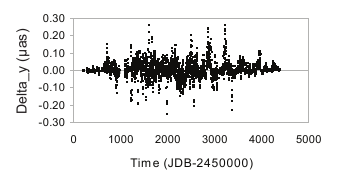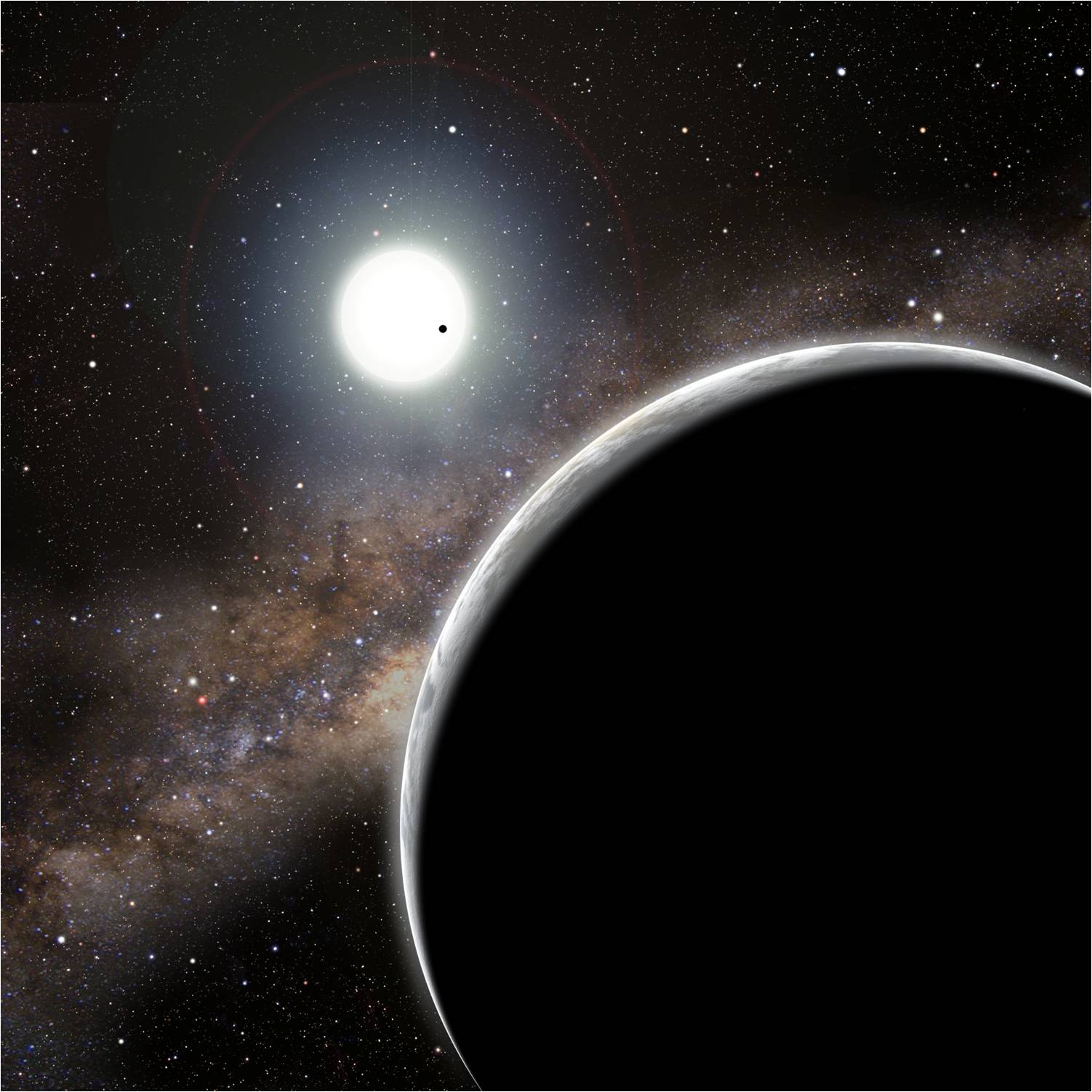• Title: Starspots, Spin-Orbit Misalignment, and Active Latitudes in the HAT-P-11 Exoplanetary System
• Authors: Roberto Sanchis-Ojeda and Joshua N. Winn
• First Author’s Institution: Deptartment of Physics and Kavli Institute for Astrophysics and Space Research, Massachusetts Institute of Technology, Cambridge, MA
Sunspots are familiar solar phenomena, easily studied due to the sun’s close proximity. Starspots on the other hand, are difficult to be directly observed due to the great distances involved. They are simply too small to cause fluctuations in the brightness of the star above the level of noise. Few methods including Zeeman-Doppler imaging and observations of the Rossiter-McLaughlin effect have been used to map starspots and stellar obliquity.

Half of the observed transits for HAT-P-11. The anamolies due to starspot occultations can be seen in red.
Sanchis-Ojeda & Winn however note a new method for observing starspots and therefore determining the obliquity of the star. But first you need a transiting exoplanet. In analyzing Kepler data they found that a few transits exhibited curious anomalies, where the flux in the lightcurve slightly rises for a short period of time. They interpreted these changes as passages of the planet over dark starspots. While this effect has typically been regarded as a nuisance, the authors of this paper have found a way to make it scientifically useful.
The occultation of starspots are helpful in that they may be used to estimate the stellar rotation period and determine the stellar obliquity with respect to the orbital plane of the transiting planet, or the spin-orbit alignment. It’s simple really. If the anomaly recurs in two closely spaced transits then the orbital plane must be aligned with the stellar rotation and we have evidence for a low obliquity. Otherwise the spot would rotate away from the orbital plane, causing the anomaly to only be observed once.
Observed Anomalies
The anomaly is observed by the temporary brightening of the system, as the planet moves away from the stellar disk and onto a starspot. Because the starspot is cooler and darker than the surrounding photosphere the fractional loss of light due to the transiting planet is reduced and the observed flux slightly rises.
Sanchis-Ojeda & Winn have observed such anomalies for HAT-P-11 within Kepler data. Overall, they observed a total of 26 transits, all of which demonstrated multiple anomalies. This allowed them to immediately test the obliquity of the star. If the stellar obliquity were zero than a spot-crossing anomaly observed in the first half of the transit would recur at a later phase in the next transit, having moved slightly due to the stellar rotation throughout the exoplanet’s orbital period.
Of course the assumption here is that the spot does not fade within the orbital period of the planet. This seems like a rather surprising assumption to make as sunspots last a few days at most. These familiar sunspots however are much smaller than observed starspots, which can cover up to 30% of the stellar surface. Given that lifetime is proportional to size, it is okay to assume that starspots will live much longer.
Orbital Regularity
The authors assumed an obliquity of zero and predicted when such recurrences would occur. They found that no such recurrences were observed. Thus the star’s spin axis must be misaligned with the planet’s orbital axis.

Residuals between the data and the best-fitting transit model as a function of time relative to the mid-transit time. Data from all 26 transits are plotted. Thus the anomalies appear preferentially at two particular phases.
All hope is not lost however as there is still regularity in the data. In fact in every transit it was seen that the anamolies occured at -0.010 and 0.025 days relative to mid-transit. While the system is misaligned the starspots occur preferentially at certain “active latitudes.” This can be anticipated in relation to our own sun. The regions where sunspots are abundant can be described by narrow bands of latitudes centered on the equator (see the classic butterfly diagram). So Sanchis-Ojeda & Winn created a model analogous to the sun and attempted to match it to the observed data.
The authors found two solutions that matched the data. In one solution the star is viewed nearly pole-on, while in the other it is viewed nearly edge-on. Thus even while the star is misaligned with the orbit of the close in planet, the authors were still able to place constraints on the obliquity using the observed pattern of anomalies and a simple geometric model.
Only future observations will be able to break the degeneracy in the two solutions, as we will then be able to observe the changes in latitudes that correspond to the equatorial drift of the active latitudes on the Sun. For the pole-on solution the phases will separate apart and move toward the extremes of the transit. For the edge on solution the phases will move closer together. Of course this assumes that active latitudes migrate lower toward the equator. While this is evident for the Sun, it may not necessarily be true for other stars.
Nonetheless, the conclusion that HAT-P-11 has a high obliquity is still helpful in understanding the close-in exoplanet. Obliquities are clues about planet formation, planet migrations, disk migration, and subsequent tidal evolution. In this case, a high obliquity helps explain the origin of the close-in planet as it was most likely brought in due to tidal capture. It is a neat tool for understanding the star itself, the planet itself, and their linked system.





Sunspots last on average several weeks to a month, so I think the assumption that a starspot doesn’t change much in a couple days is probably okay in most cases
Great summary Shannon, you really understood all points we were trying to make. Thanks for the effort. If anyone is interested in this sort of analysis, I recommend a recent paper that appeared in arxiv a few days ago (http://arxiv.org/pdf/1202.3785.pdf). They try to imagine what sort of behavior we will see with years and years of data. I will try to find more systems like these in the future, stay tuned!